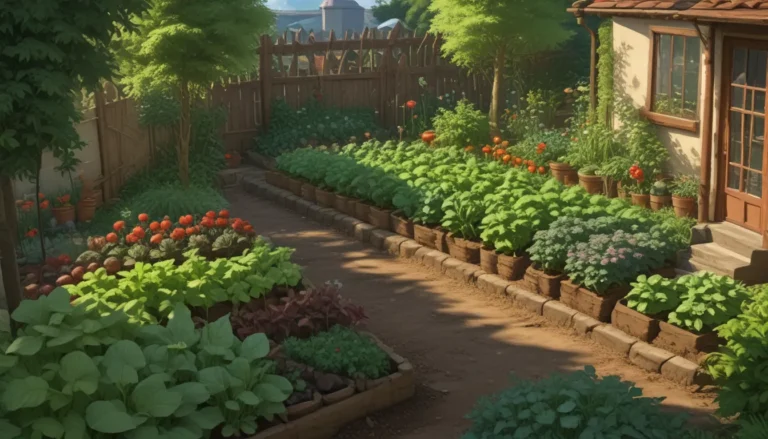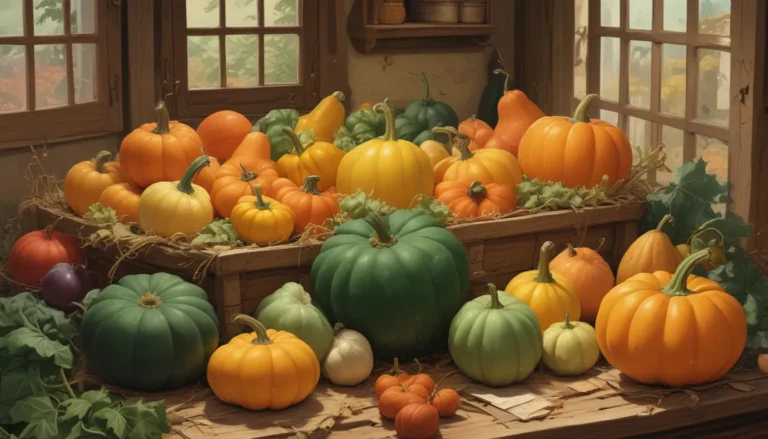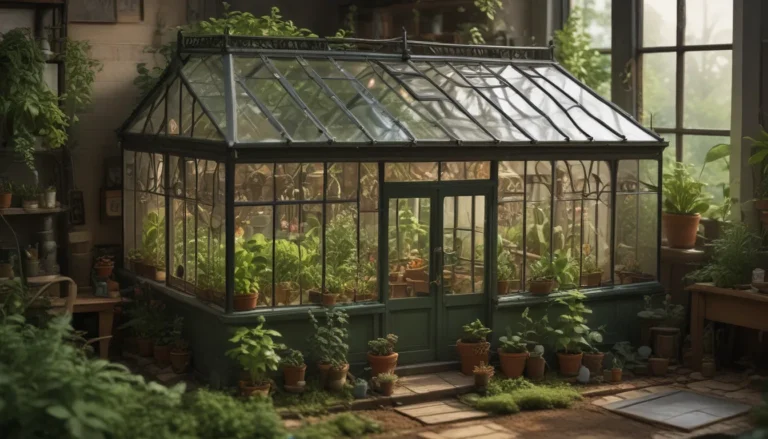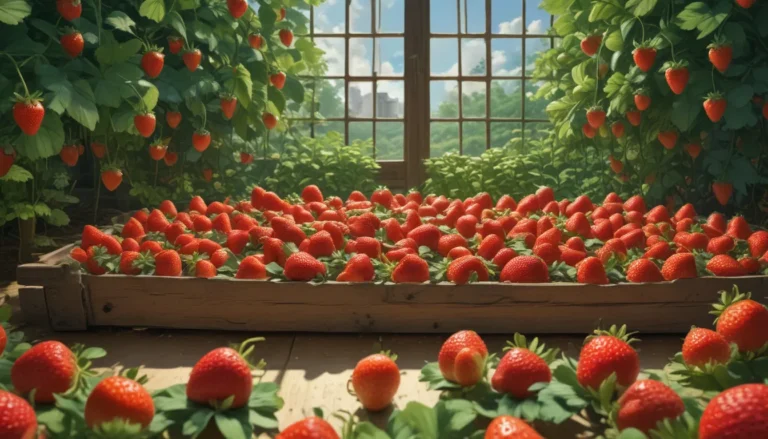19 Ways to Create a Bee-Friendly Backyard Habitat

Bees are vital pollinators that play a significant role in our food systems and ecosystems. Unfortunately, bees face numerous threats today, including diseases, pesticides, habitat loss, and climate change. These challenges have contributed to a decline in bee populations worldwide. In fact, in the US alone, the rusty patched bumblebee has been added to the endangered species list.
While the decline of bees is concerning for biodiversity, it also has implications for our food security. Bees are responsible for pollinating one third of the food we eat, making their survival crucial for our own well-being.
Creating a bee-friendly environment in your own backyard is a powerful way to support these essential pollinators. Whether you have a large farm or a small urban garden, you can take steps to provide food and habitat for bees, contributing to their preservation and benefiting the environment as a whole.
In this article, we’ll explore 19 ways you can help bees thrive in your backyard:
1. Avoid Pesticides
Using pesticides in your yard can harm bees directly or indirectly, leading to issues like colony collapse disorder. Opt for organic pest control methods or check with nurseries for neonic-free plants to protect these important pollinators.
2. Plant in Multiples
Planting flowers in clusters helps bees forage efficiently, ensuring they have access to necessary food sources. Grouping plants together in odd numbers can create a diverse and attractive environment for bees.
3. Pick Bee-Friendly Flowers
Choose single-bloom flowers over double blooms, as double blooms can make it difficult for bees to access pollen and nectar. Opt for native species to support local bee populations.
4. Grow Perennial Flowers
Incorporating perennial flowers into your garden provides long-term food and habitat for bees. Perennials create ecosystems that benefit bees and other wildlife.
5. Plant Flowering Trees and Shrubs
Flowering trees and shrubs offer abundant blooms for bees. Select native species like buttonbush, viburnums, and willows to attract pollinators to your garden.
6. Choose a Variety of Flower Types
Bees prefer different types of flowers, so plant a diverse mix of blooms with varying shapes and colors. Include bell-shaped, funnel-shaped, and urn-shaped flowers to cater to different bee species.
7. Grow a Succession of Flowers
Provide a continuous supply of blooms from spring to fall to support bees throughout the seasons. Include early spring flowers like crocus and winter blooms like witch hazel to ensure year-round forage.
8. Grow Native Species
Prioritize native plants that are well-suited to your region, as they have co-evolved with local bee species. Native plants offer food sources tailored to the needs of regional pollinators.
9. Leave Some Weeds
Some weeds like dandelions are beneficial food sources for bees, especially in early spring. While managing weeds is important, consider leaving some beneficial plants to support pollinators.
10. Lose the Lawn
Replace parts of your lawn with flowering plants to create wildlife-friendly habitats for bees. Lawns are monocultures that lack biodiversity, making them less attractive to pollinators.
11. Leave Bare Patches of Ground
Ground-nesting bees require access to bare patches of soil to build their nests. Maintain bare areas in well-draining soil to provide nesting sites for these important pollinators.
12. Change the Way You Mulch
Opt for lightweight mulch like leaf litter instead of heavy bark mulch to create habitat for ground-nesting bees. Leave gaps in mulched areas to allow bees to access nesting sites.
13. Provide Stem Stubble
Leave dead perennial stalks as stem stubble to offer nesting sites for bees. Cutting back stems to 15 inches tall in spring provides nesting opportunities for species that nest in wood.
14. Incorporate Dead Trees
Leave dead trees or logs in your garden to provide habitat for bees that nest in wood. Dead trees offer valuable nesting sites for a variety of bee species.
15. Provide a Bee Bath
Create a shallow bee bath using a saucer with rocks or pebbles to provide bees with access to water. Ensure the water is not too deep to prevent bees from drowning while hydrating.
16. Connect Wildlife-Friendly Zones
Link wildlife-friendly areas in your landscape to create a connected habitat for bees. Designate pollinator-friendly zones and create pathways to allow bees to move freely between habitats.
17. Meet Your Neighbors
Identify and learn about the bee species in your area to appreciate the diversity of pollinators. Sharing knowledge with neighbors can inspire others to create bee-friendly environments in their yards.
18. Practice Citizen Science
Engage in citizen science initiatives to contribute to bee conservation efforts. Share your observations of bee species to help researchers monitor populations and understand habitat needs.
19. Inspire Others
Lead by example and inspire others to create bee-friendly spaces in their yards. Sharing your success in supporting bees can motivate friends, family, and neighbors to take action for pollinator conservation.
By implementing these 19 strategies, you can create a thriving habitat for bees in your backyard. Supporting pollinators not only benefits these essential insects but also contributes to a healthier environment for all living creatures. Be the change in the world by bee-ing a friend to bees!





